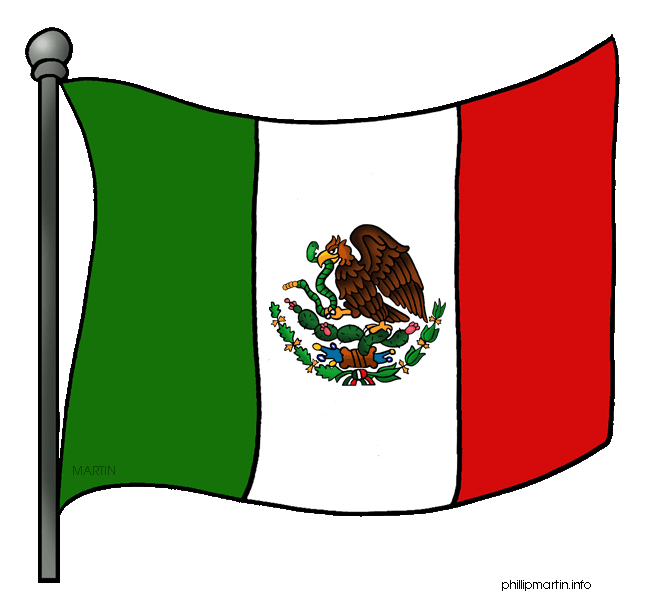
El Día de los Muertos

Although this celebration is associated with the dead, it is not portrayed as a morbid or depressing time, but rather a period full of life, happiness, color, food, family, and fun. There is excitement everywhere. In many areas, outdoor markets are displayed in which they sell many symbolic goods, such as special breads, flowers, pottery, baskets, candles, paper puppets, candy skulls, etc. The main symbols of this holiday are skulls and skeletons, which are displayed throughout the cities. Scenes of skeletons hugging, marching, dancing, and laughing are seen in window displays on the streets. Marigolds are another significant symbol for the Day of the Dead festivity, and are known as the "flower of the dead." Their scent is believed to "attract the souls and draw them back."
People celebrate this holiday in their households, as well as in the cemeteries. In their homes, between Oct. 31st and Nov. 2nd (a time called "Todos Santos"), offerings of food and drink are prepared for the dead. "Ofrendas" (offerings) are often set up in the home on an altar displaying portraits, personal goods, clothing, favorite foods, and possessions of the deceased family member. Sometimes they are shown at the gravesites as well. On Nov. 2nd, family members visit the gravesites of their loved ones. They decorate their graves with flowers, enjoy picnics consisting of favorite foods of the deceased, and socially interact with others at the cemetery. This is an important social ritual that the Latino people see as "a way of recognizing the cycle of life and death that is human existence." In certain areas, an all-night candlelight vigil takes place by the graves of the family members. The whole occasion is festive, and everyone talks of the dead as if they were still alive. During this time, people "remember, re-live, and enjoy."
The common foods eaten on this holiday include pan de los muertos ("bread of the dead"), which is flat bread baked in the shape of skulls and crossbones. It is said to be good luck to be the one who bites into the plastic toy skeleton hidden by the baker in each loaf. Candy in the shape of skulls, skeletons, and coffins, and many favorite Mexican dishes (tamales, moles, chiles, enchiladas) are consumed as well.
This holiday is believed to "welcome the souls of the dead." The souls are said to return each year to enjoy the pleasures that they once had in life. They are thought to return to be with their living relatives for a few brief hours each year in this world, but come as spirits who have returned from another world. A widely held belief is that the souls of the children ("angelitos") return first, and food and gifts appropriate for their age and taste will be set out for them. Everything is in miniature: cups, plates, small breads, etc. The adult dead are said to return on Nov. 1st and they are given the most elaborate foods and drinks the family can afford. It is believed that the candle light, as well as the scents of the marigold flowers and the copal incense, help the returning souls find their way back. Sometimes paths of marigold petals are scattered by the family from the cemetery to the door of the house. The ghosts can find their way by following this yellow path. The ghosts (or spirits) are not usually seen, but their presence is felt.
There are folktales believed and told that say the dead spirits will get revenge on the living if they get poor treatment during these days each year. Leaving nothing (or inferior gifts) on the altar causes the spirits to be angry or sad. These superstitions inspire many people to participate in this holiday celebration for this very reason.
The Day of the Dead can range from an important cultural event, to a religious ceremony emphasizing the actual worship of the dead, to just a unique Mexican holiday symbolized by special foods and candy. In Mexico, the more urban the setting, the less the religious and cultural importance is recognized by the people. The more rural and "Indian" the setting, the greater is the religious importance of the holiday. Therefore, this celebration is usually of greater social importance in southern Mexico than in the northern part of the country.
Today, the Day of the Dead is a cherished, complex holiday celebration where death is seen as life. The common principle for this holiday is "whatever pleased the dead in life they are to have again." It is a holiday when the whole family comes together - both living and dead. This holiday festivity is believed to be a time for the departed to join the living in the celebrations of the "continuum of life."
http://teacherlink.ed.usu.edu/tlresources/units/Byrnes-celebrations/Day.html